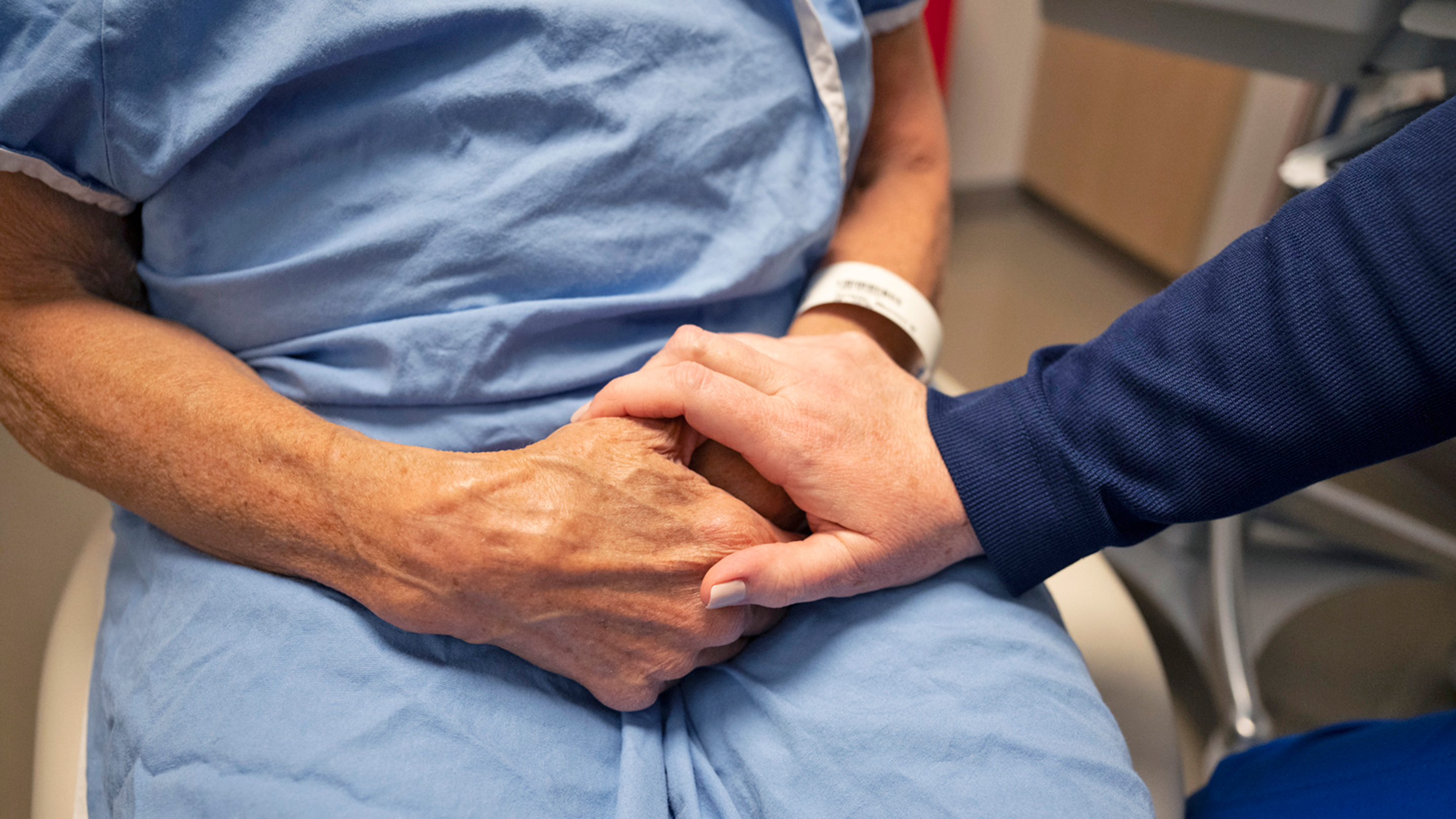Small cell lung cancer is described by its stage, limited or extensive.
Limited stage means it’s in 1 lung, or maybe only on 1 side of the chest. It can be treated with radiation in just 1 treatment area.
Only 1 out of every 3 people are at the limited state when they learn they have small cell lung cancer. Limited stage is most often stage 1, 2, or 3.
- People with limited-stage small cell lung cancer get chemotherapy, immunotherapy, and radiation therapy at the same time. This shrinks the tumor.
- Radiation can work very well on lung cancer in the chest. Chemotherapy helps the radiation work better. It also can treat very tiny cancer cells that may have spread outside the chest.
- Most people will not have surgery to treat small cell lung cancer.
Extensive stage means it has spread widely, to both lungs or to other parts of the body. It’s spread past an area in the lung that can be controlled in 1 radiation field.
Unfortunately, most people are at the extensive stage when they learn they have small cell lung cancer. It most often is stage 4.
- People with extensive stage cancer often get chemotherapy with immunotherapy.
- Radiation therapy may help some people. It can improve symptoms or stop the cancer from spreading to the brain. But it does not cure the cancer.
For almost everyone with small cell lung cancer, the first chemotherapy includes the drug etoposide. It’s given with a platinum agent, either cisplatin
or carboplatin.
After this first treatment, the cancer may keep growing, or it can return. Based on the stage, we treat it with 2 chemotherapy drugs, or with immunotherapy.
MSK is always looking for new therapies for cancer that came back after standard treatment.




